Positioning stands as the cornerstone of success in Marvel Rivals. Regardless of your mechanical prowess or character mastery, poor positioning will undermine every other aspect of your gameplay. This comprehensive guide breaks down optimal positioning strategies for every hero role and archetype, providing you with the tactical knowledge needed to dominate the battlefield.
Understanding Positioning Fundamentals
Before diving into role-specific strategies, it's crucial to understand that positioning isn't simply about staying alive—it's about maximizing your impact while minimizing risk. Each character archetype demands a unique approach, even within the same role classification.
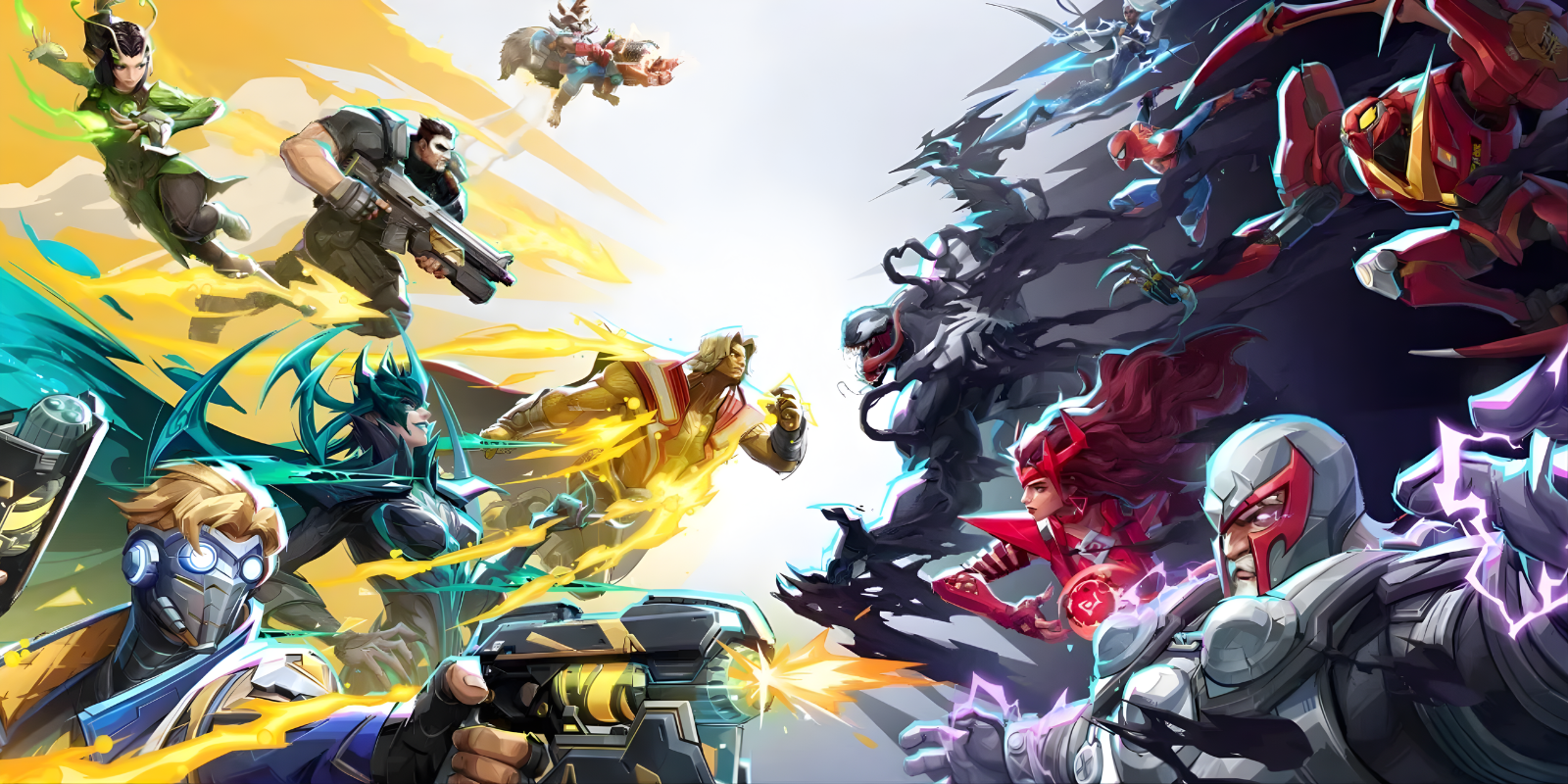
Vanguard Positioning
Vanguards serve as the backbone of any successful team composition, but their positioning requirements vary dramatically based on their design philosophy. Understanding whether you're piloting an offensive or defensive Vanguard will determine your entire strategic approach.
Offensive Vanguards
Offensive Vanguards like Thor, Venom, and Captain America excel at disruption rather than traditional tanking. These heroes function as elite harassers, specializing in diving behind enemy lines to eliminate high-priority targets.
Thor, Venom, and Captain America specialize in disruption and diving enemy backlines to eliminate high-priority targets.
Primary Positioning Strategy:
Your goal is to identify and exploit openings in the enemy formation. Focus on reaching enemy Strategists and Duelists who position themselves away from their frontline protection. Use your mobility tools to engage quickly, deal significant damage, and retreat before the enemy team can respond effectively.
Engagement Priorities:
- Target isolated Strategists first, as they provide crucial healing and utility
- Focus on Duelists who are out of position or overextended
- Avoid prolonged engagements with defensive Vanguards
- Coordinate your dives with your team's main push for maximum disruption
Escape Planning:
Always maintain an exit strategy before engaging. Your movement abilities aren't just for engaging—they're your lifeline for retreating when your self-sustain begins to fail. Never commit to a fight you cannot escape from.
Team Synergy:
Offensive Vanguards work best when paired with a defensive Vanguard who can hold the main frontline. This allows you to operate freely without leaving your team vulnerable to enemy advances.
Defensive Vanguards
Characters like Groot, Doctor Strange, and Magneto embody the traditional tank role, serving as immovable objects that anchor your team's defensive line. Their positioning revolves around creating space and absorbing pressure for their teammates.
Groot, Doctor Strange, and Magneto serve as traditional tanks, anchoring your team's defensive line and creating space for allies.
Frontline Positioning:
Position yourself at the very front of your team's formation, directly between the enemy and your allies. Your defensive capabilities allow you to absorb or mitigate enormous amounts of incoming damage, but this requires constant healing support from your Strategists.
Space Creation:
By positioning aggressively in the enemy's face, you force them to deal with you first, creating breathing room for your damage dealers. This forward positioning is only effective when you have reliable healing support and escape options.
Healing Dependency:
Unlike offensive Vanguards who rely on hit-and-run tactics, defensive Vanguards need consistent healing throughout engagements. Communicate with your Strategists to ensure they can maintain line of sight and healing uptime on your position.
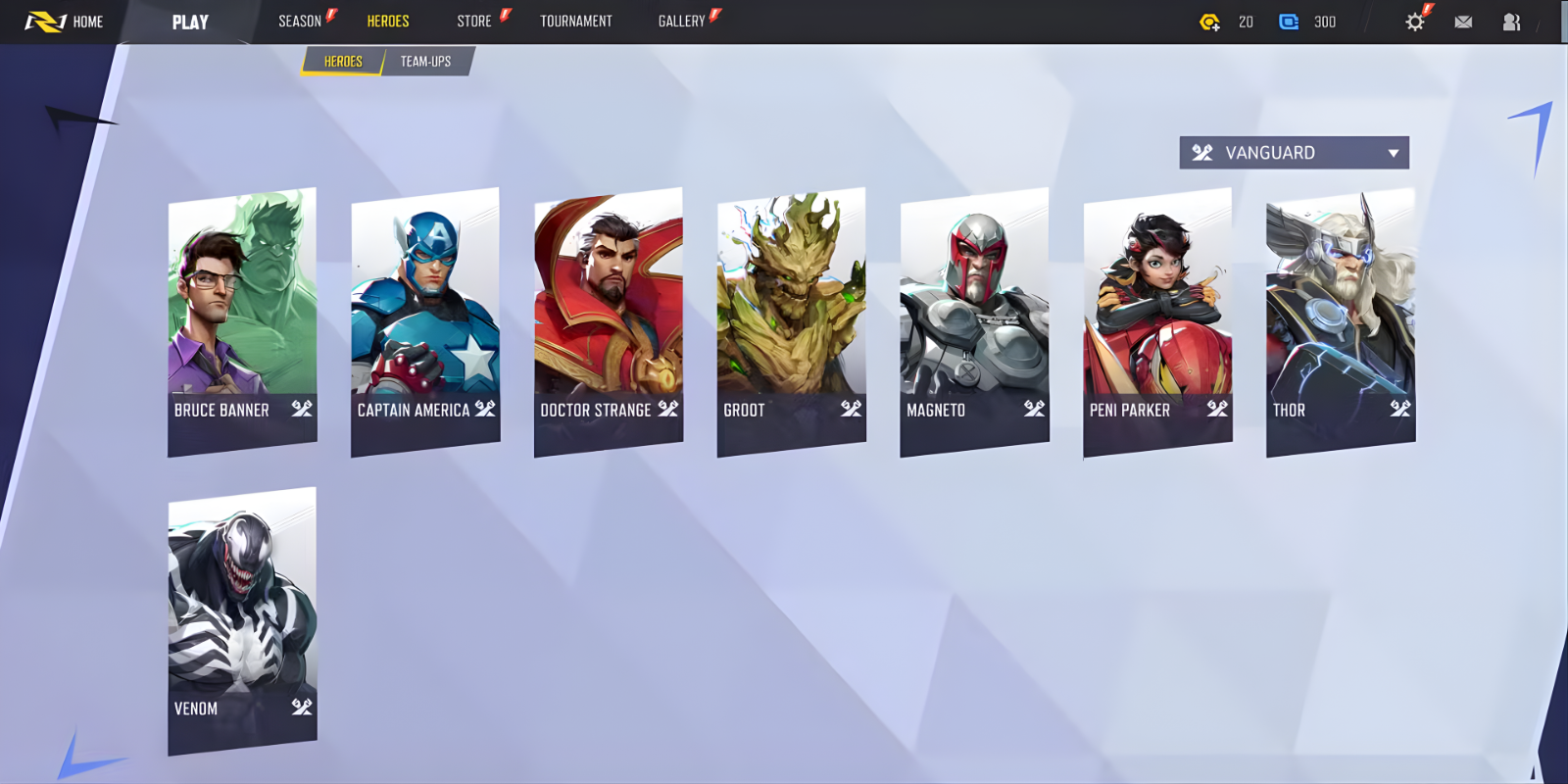
Strategist Positioning
Strategist positioning is more nuanced than other roles, as it depends heavily on both your character's specific abilities and the current match dynamics. The key is understanding when to play centrally versus when you can afford to roam.
Central Strategists
Central Strategists excel when positioned to maximize their utility across the entire team. These heroes require specific positioning to achieve optimal results with their healing and support abilities.
Rocket and Jeff excel when positioned centrally to maximize healing utility across the entire team formation.
Rocket Positioning:
Rocket's healing spheres gain maximum value when fired through multiple allies simultaneously. Position yourself where you can achieve clear sightlines to your defensive Vanguard while having multiple teammates in your firing line. Additionally, mastering wall bounces with your healing spheres allows you to heal the same ally multiple times from a single cast.
Jeff The Land Shark Strategy:
As potentially the strongest single-target healer in the game, Jeff should maintain close proximity to your defensive Vanguard. Your positioning should prioritize keeping your primary tank alive rather than spreading healing across the entire team.
Adaptive Positioning:
Your positioning flexibility depends on your team's healing requirements. In matches where healing demand is high, maintain central positions. When your team needs less healing support, you can afford more aggressive positioning.
Roaming Strategists
When your team's healing needs are adequately covered or the enemy lacks significant damage output, certain Strategists can adopt more aggressive positioning strategies.
Flanking Opportunities:
Characters like Cloak and Dagger and Loki can position themselves on the periphery of fights, creating unexpected angles of attack. This positioning allows you to threaten enemy backlines while maintaining the ability to retreat to your team when needed.
Buddy System Implementation:
Roaming Strategists achieve maximum effectiveness when paired with a Duelist or offensive Vanguard. This partnership creates a self-sustaining duo capable of surprising enemy teams and maintaining combat effectiveness away from the main group.
Positioning Flexibility:
The key to successful roaming is knowing when to group up and when to operate independently. Monitor your team's status constantly and be ready to return to central positioning when healing demands increase.
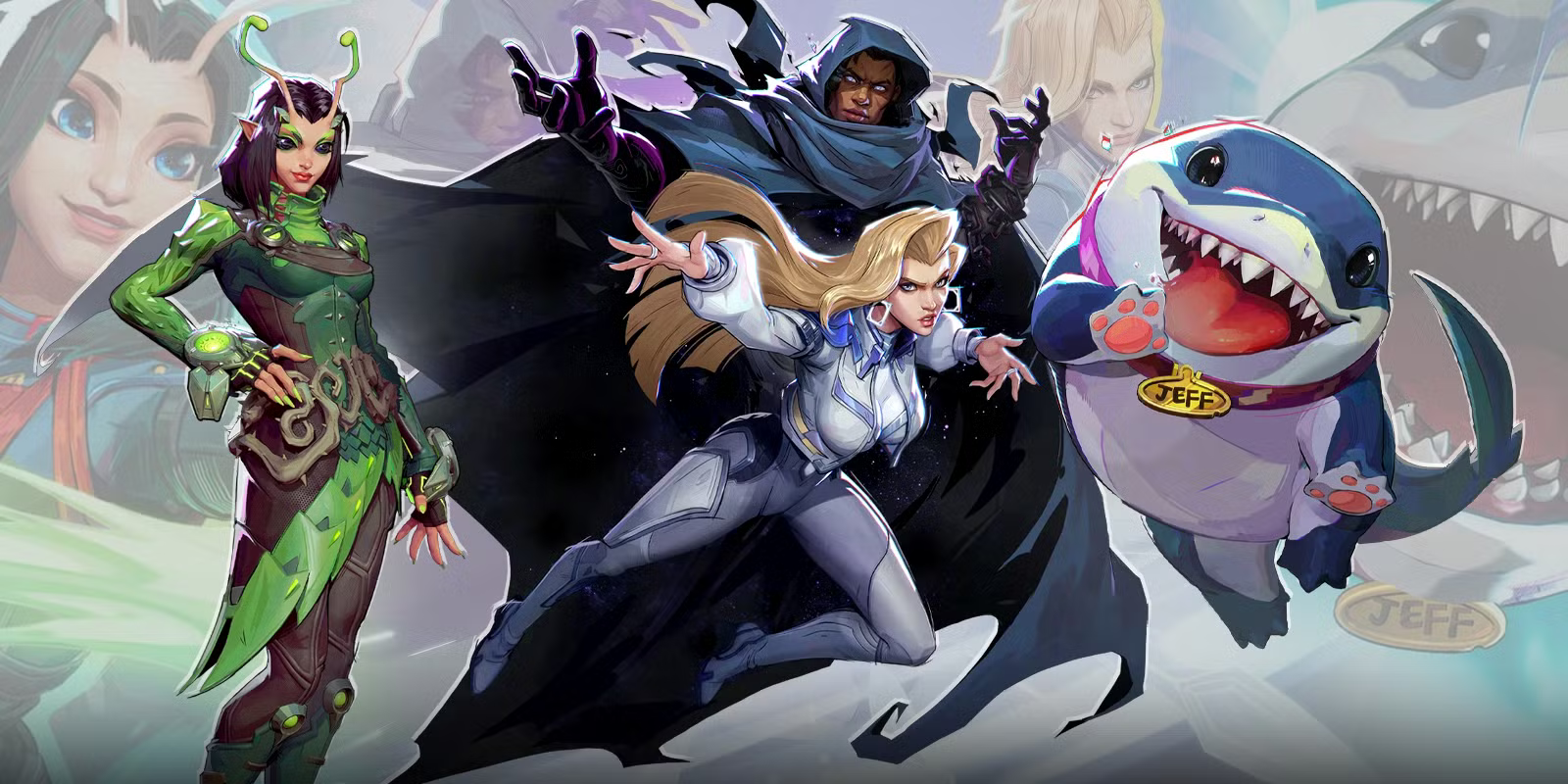
Duelist Positioning
Duelists showcase the greatest positioning variety of any role, with each archetype requiring fundamentally different approaches. Mastering Duelist positioning is crucial, as poor positioning makes these heroes extremely vulnerable despite their damage potential.
Harassing Duelists
Heroes like Spider-Man and Iron Fist specialize in hit-and-run tactics, requiring precise timing and positioning to maximize their effectiveness.
Spider-Man and Iron Fist specialize in hit-and-run tactics, requiring precise timing and positioning for maximum effectiveness.
Flanking Fundamentals:
Your attacks should come from angles the enemy team isn't monitoring. Avoid frontal assaults where you'll immediately draw focus fire. Instead, use your mobility to approach from sides or behind enemy lines.
Target Selection:
Prioritize enemy Strategists who are positioned away from their team's protection. These targets are typically the squishiest and provide the highest value when eliminated.
Engagement Timing:
Success depends on choosing the right moments to engage. Look for opportunities when enemy attention is focused elsewhere, or when your team is creating distractions that allow you to strike unnoticed.
Exit Strategy:
Master your movement abilities for both engagement and escape. Your survival depends on knowing exactly when to disengage and having the tools ready to execute your retreat.
Melee Duelists
Characters like Magik, Black Panther, and Wolverine offer more durability than their harassing counterparts while maintaining similar positioning principles.
Magik, Black Panther, and Wolverine offer enhanced durability while maintaining hit-and-run positioning principles.
Enhanced Survivability:
While these heroes can sustain themselves in combat longer than harassing Duelists, they still perform best when initiating attacks from unwatched angles rather than charging directly into enemy fire.
Wolverine Exception:
Wolverine's increased damage against high-health targets makes him particularly effective against enemy Vanguards. However, maintain the element of surprise even when targeting tanks.
Team Synergy:
Melee Duelists create devastating combinations when paired with offensive Vanguards. The dual pressure from characters like Magik and Thor can overwhelm enemy teams.
Mid-Range Duelists
Heroes such as Moon Knight, Winter Soldier, and Namor function as the steady damage core of most team compositions.
Moon Knight, Winter Soldier, and Namor serve as the steady damage core, requiring protected positioning with clear sightlines.
Formation Integration:
Position yourself behind your defensive Vanguards and alongside your central Strategists. This placement provides protection while maintaining clear sightlines to enemy targets.
High Ground Advantage:
Whenever possible, secure elevated positions that provide superior sightlines while removing you from area-of-effect attacks targeting your supports. Moon Knight's mobility makes him particularly adept at achieving and maintaining high ground positions.
Anti-Flanking Role:
Your positioning should also consider counter-flanking responsibilities. Being able to quickly respond to enemy Spider-Man or Iron Fist dives can save your team's Strategists.
Sniper Duelists
Black Widow and Hawkeye represent the ultimate precision damage dealers, requiring careful positioning to maximize their lethal potential.
Black Widow and Hawkeye require elevated, concealed positions with clear sightlines to maximize their precision damage potential.
Elevation Priority:
Like mid-range Duelists, snipers benefit enormously from elevated positions. However, snipers can afford to position themselves further from their team's main group.
Concealed Positioning:
Your ideal position provides clear sightlines to enemy targets while remaining hidden from their primary field of view. This allows you to eliminate enemies who don't know you're there.
Position Rotation:
Never maintain the same position for too long. Once enemies identify your location, they'll typically dedicate resources to eliminating you. Develop multiple sniping positions and rotate between them throughout the match.
Flying Duelists
Iron Man and Storm utilize their flight capabilities to access unique positioning opportunities unavailable to ground-based heroes.
Iron Man and Storm use flight capabilities to access unique positioning opportunities with superior mobility and angles.
Iron Man Strategy:
Iron Man excels from either maximum range, where he can bombard enemy groups with area-of-effect damage while remaining difficult to target, or from above enemy flanks, where he can focus fire on isolated Strategists faster than they can react.
Continuous Movement:
Maintaining constant strafing movement dramatically improves Iron Man's survivability. Never remain stationary while dealing damage.
Storm Approach:
Storm's abilities gain maximum value when positioned near other characters. Stay above friendly groups to provide speed buffs, or above enemy groups to apply slow effects and passive damage.
Defensive Vanguard Synergy:
Storm particularly benefits from having a strong defensive Vanguard on her team. Without this protection, she becomes a primary target that enemies can easily eliminate.
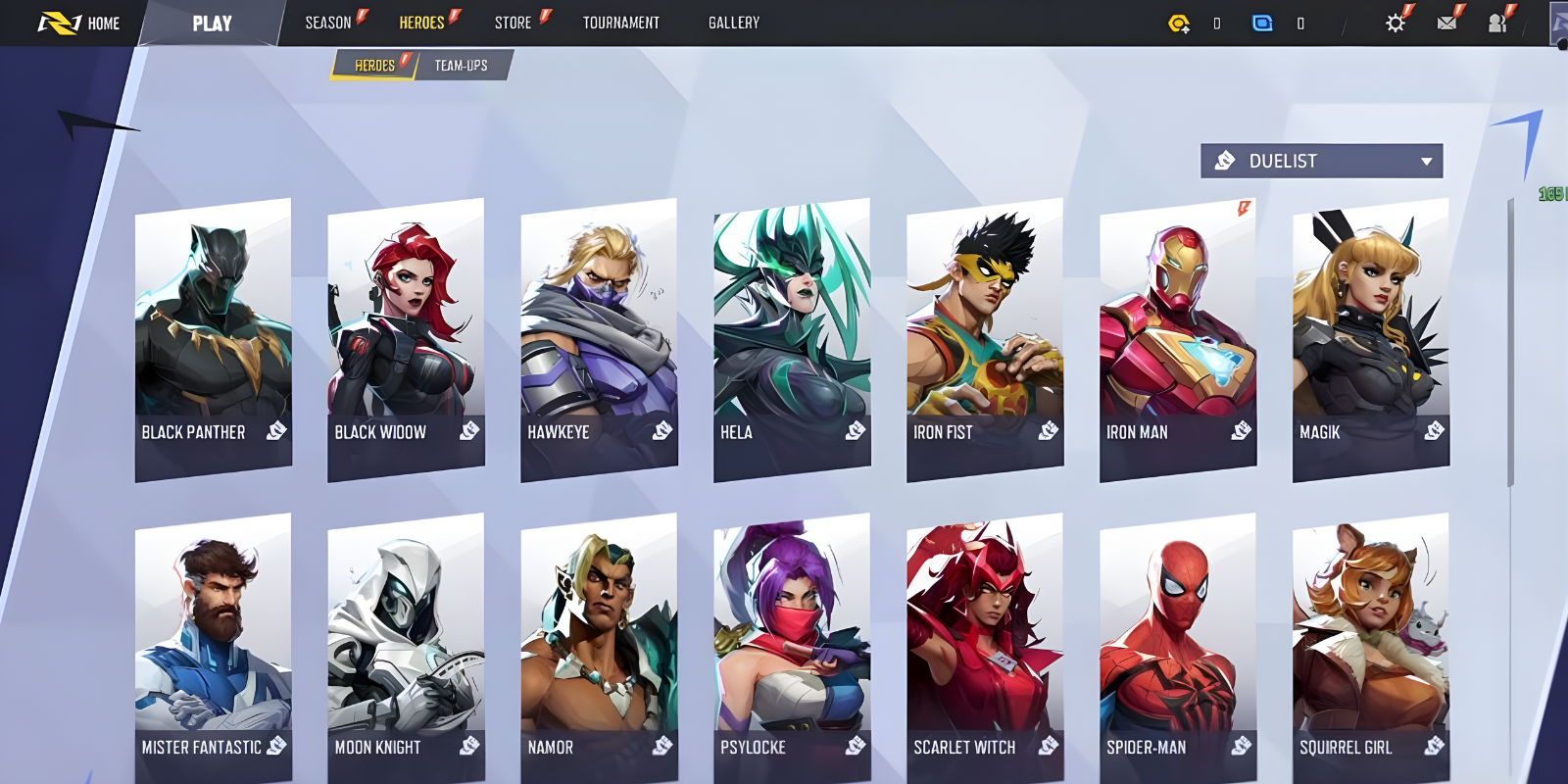
Advanced Positioning Concepts
Team Composition Considerations
Your positioning strategy must adapt based on your team's overall composition. Single-Vanguard compositions require different positioning than double-Vanguard setups.
| Team Composition | Positioning Focus | Key Considerations |
|---|---|---|
| Single Vanguard | Tight grouping | Maximum protection for solo tank |
| Double Vanguard | Split positioning | Coordinate dive and anchor roles |
| Triple DPS | Spread formation | Multiple angles of attack |
Map Awareness
Different maps provide unique positioning opportunities and challenges. Understanding map geometry, sightlines, and elevation changes will significantly improve your positioning effectiveness.
Dynamic Adaptation
Successful positioning requires constant adaptation based on enemy team composition, current match state, and objective requirements. Static positioning strategies will limit your potential impact.
- Maximizes damage output
- Minimizes risk exposure
- Enables team synergy
- Adapts to match flow
- Makes you easy target
- Reduces effectiveness
- Hurts team coordination
- Leads to frequent deaths
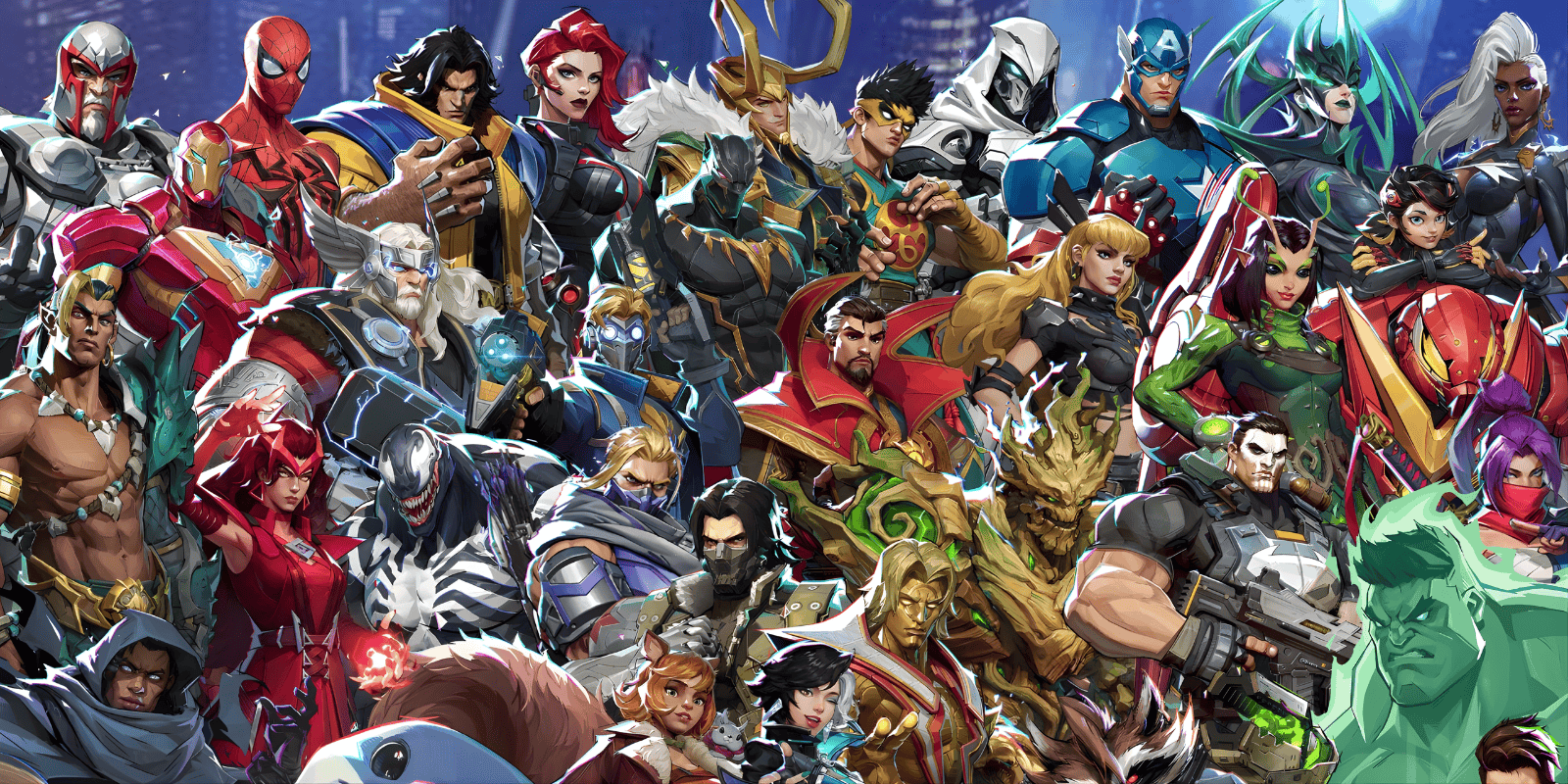
Conclusion
Mastering positioning in Marvel Rivals is an ongoing process that requires understanding your character's strengths, your team's needs, and the enemy's capabilities. By implementing these strategies and adapting them to each match's unique circumstances, you'll dramatically improve your effectiveness regardless of which hero you choose to play.
Remember that positioning is not just about individual survival—it's about maximizing your team's overall potential while minimizing the enemy's opportunities. Focus on these fundamentals, practice the specific techniques for your preferred heroes, and watch your Marvel Rivals performance reach new heights.
